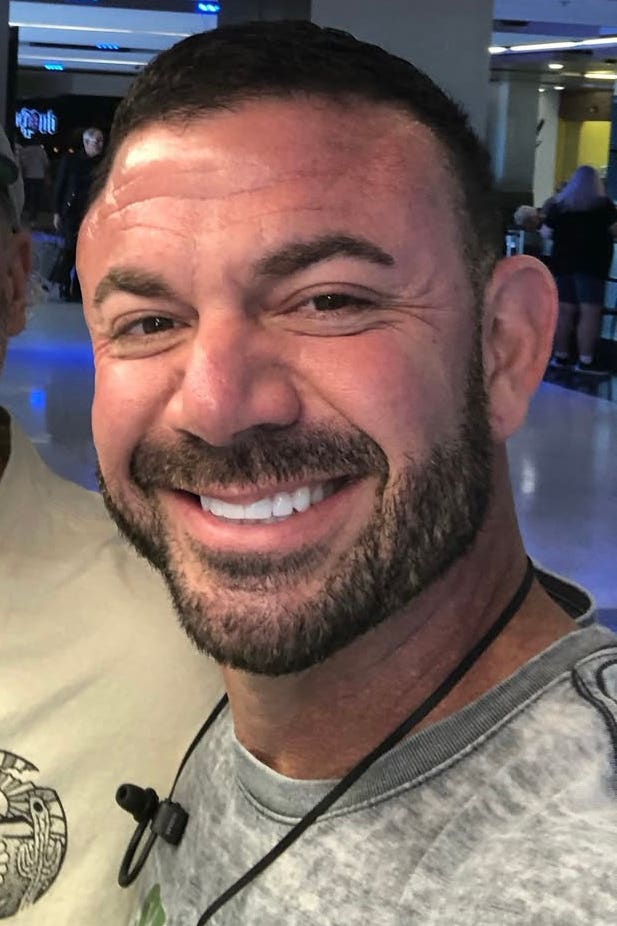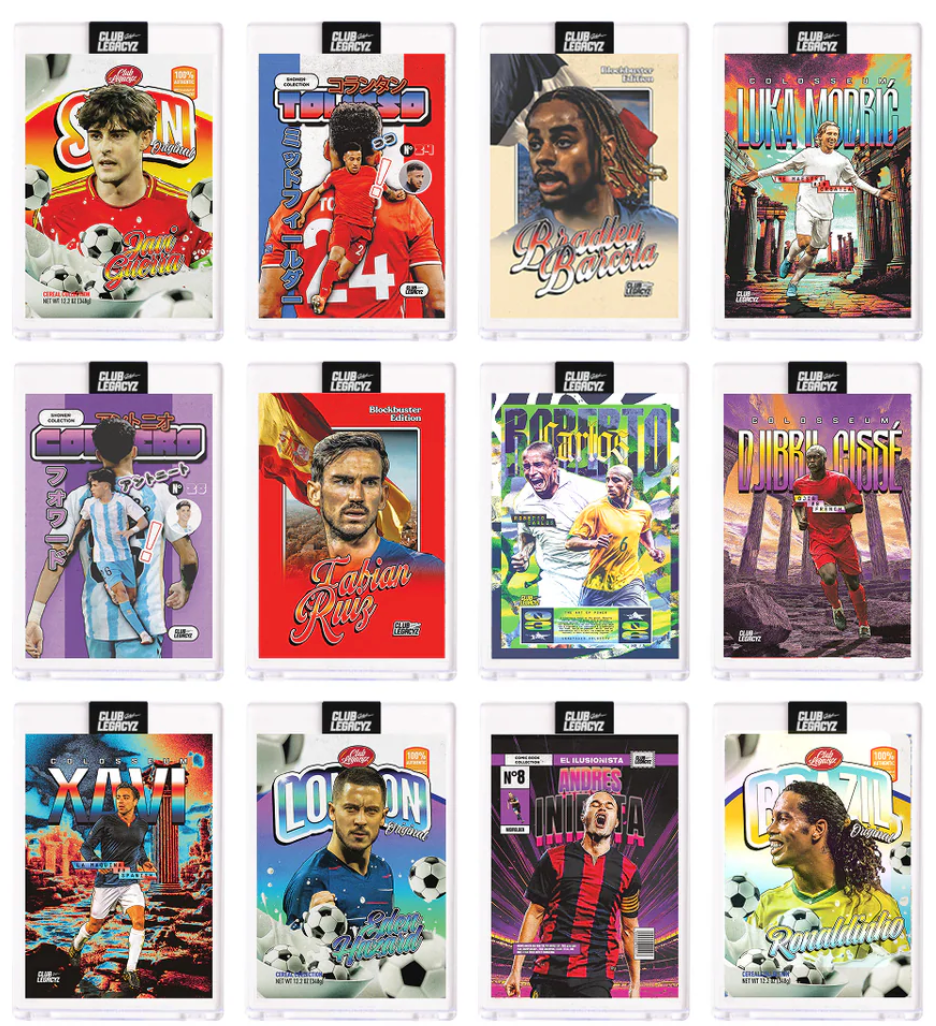Odd Collectibles
Quenching a Thirst for Fun
With NFL players and owners recent squabbling over huge piles of money, and words like “lockout” and “strike” bouncing around like a blocked punt, it actually first made me recall 1972 and pro baseball. Forty springs ago, the first players’ strike in Major League Baseball history delayed the start of the season. Even so, in many ways, 1972 was a good year for fans and collectors of many sports.
For one, the Miami Dolphins notched a perfect season (17-0), and the colorful Oakland Athletics won the first of three straight World Series crowns – impressive feats rarely challenged. In addition to some eye-catching cards put out by Topps for all the major U.S. team sports that year, collectors also had a shot at getting some of the same players of the era on plastic Slurpee cups at various 7-Elevens around the country, the first time the company had sports-themed cups.
It just so happens that this writer jumped on the Slurpee train just as it left the station, April 12, 1972, as a recently discovered notebook of mine indicated. My first cup featured the image of Oakland pitcher and 1971 American League Cy Young award and MVP winner Vida Blue. As was normally the scenario for me, the cup was selected from a long stack (or two or three) of cups at 7-Elevens in Silver Spring, Md., just outside of Washington, D.C.
Blue was just one of 60 MLB cups that season, and you could have one of them and the beverage for 25 cents in my area. I’ve heard other collectors say that, at times, their 7-Elevens in other parts of the country charged slightly different prices.
The cups
All of the 7-Eleven cups that year, regardless of the sport, featured fairly realistic full-color line portraits of the athletes, with a snapshot of biographical information on the backs. The cups stand about 6 inches tall with a 3-1/4-inch or so diameter at the top, and were designed to hold about 14 ounces of the semi-frozen drink. One could maybe fit in a little more in the cup if after you filled it, you tapped it on the counter to compact the sweet beverage even more and then pulled the lever on the drink machine and let the slushy beverage stack up another layer, hopefully not spilling any. The act was part science and part art.
Slurpee baseball cups
Today, the artwork and the players highlighted on the cups attracts some hobbyists to the vintage 7-Eleven offerings.
Mike Mosier of Columbia City Collectibles in Indiana has seen hundreds of the cups pass through his hands over the years, and he said there are a few different types of enthusiasts for the early 1970s 7-Eleven sports items.
“About 80 percent are team or star player collectors,” he said. “I don’t run into too many people working on sets.”
The availability of the plastic cups, with the lifelike illustrations, varies a great deal depending on the sport.
“The baseball cups are relatively easy to find, with commons around $3 each and the Roberto Clemente cup (1972) leading those sets at $25-$30,” Mosier said. “Sets” referred to both the 1972 and 1973 7-Eleven baseball cup issues. Mosier added that the Pete Rose (1972) and Nolan Ryan (1973) cups are a close second to Clemente, at about $20 apiece.
A few other names of note from one or both of those collections are Hank Aaron, Willie Mays, Thurman Munson, Tom Seaver and Carl Yastrzemski.
Along with the convenience store’s 60-cup current baseball player set in 1973, they also put out a 20-cup Hall of Fame set.
But when it comes to the Hall of Fame issue, Mosier said one player stands out.
“Mickey Mantle is the only Hall of Famer in the set that sells on a regular basis,” he said, “and nice Mantles go for $15.” Other players in the group include Babe Ruth, Lou Gehrig, Ty Cobb, Walter Johnson, Honus Wagner, Roy Campanella and Stan Musial.
“There is not much demand for most of the Hall of Fame cups,” Mosier noted.
Football cups
The football cups, meantime, are more challenging to collect, whether it’s the small print 1972s or the much larger type size in 1973.
“The 1973s are the tougher of the two years with about a dozen cups much harder to find than the average cup,” Mosier said. “Two of the tougher to locate Slurpee cups are Pittsburgh Steelers Frank Lewis and Jack Ham.”
Cups of Terry Bradshaw, Dick Butkus, “Mean” Joe Greene and O.J. Simpson, among other gridiron Hall of Famers, are also in high demand but are generally easier to track down. Most cost $15 or less; commons are about $5 apiece.
Basketball and hockey cups
The fine folks at 7-Eleven also put out a 40-cup basketball set in 1972-73 and a 20-cup hockey collection around the same time – but more on that “ice” set later.
“The basketball cups are fairly tough to find but there is not great demand for them,” said Mosier. The b-ballers include Lew Alcindor, Wilt Chamberlain, John Havlicek and Jerry West, but the veteran dealer said a Pete Maravich cup in nice shape leads all hoopsters at $50 each. Common basketball cups are about $5-$7 apiece.
As for the 7-Eleven hockey cups, Mosier essentially said they are almost like a goalie trying to spot a fast moving puck: “They are very tough to find, almost impossible,” he said. “Even the commons go for at least $10 each.”
Bobby Hull leads the icemen at $40-$50.
One online post, from a collector who only identified himself as Tom, shed some light on the strong possibility of limited distribution for the hockey cups.
“I believe the hockey cups were only sold at 7-Eleven stores in Canadian cities that had WHA teams playing in them.”
All of players from the issue are from World Hockey Association franchises, but some of the teams, such as the Houston Aeroes, were U.S.-based.
There is a bit of a question of what year/season the hockey set came out, and it is commonly billed as a 1972-73 set. But one cup in the issue features Carl Brewer of the Toronto Toros, who did not play in 1972-73. Brewer’s only year in the WHA was 1973-74. Plus, Andre LaCroix, who played in several WHA seasons, only played one with the New York Golden Blades, the team he is listed on for the 7-Eleven set, and that was in 1973-74. Either way, the style of the hockey set fits right in with the other cup issues mentioned.
Check’em out, check’em off
Unused cup checklists, plentiful paper freebies at 7-Elevens back in the day, are now about as easy to locate as finding someone using a rotary phone.
“The baseball checklists sell very well; they are popular,” said Mosier. “They go for $50-$75 each.”
The football checklists, meanwhile, are another matter. “They are very tough to find,” said the dealer, “and they go for around $75 to $80 each.” Basketball and hockey cup checklists, he noted, are even rarer.
Unfortunately, Mosier added, there are counterfeit copies of the checklists floating amongst the hobby.
“The fakes usually are missing the green and red in them,” he said. But, even if the color is there, one has to be concerned about other counterfeit checklists. A good barometer for spotting the fakes: Ones that not only look “too fresh,” but come on a noticeably heavier paper stock than the originals.
One clear reproduction of the 1973 baseball cup checklist, and sold as such recently on eBay for about $9 with shipping, includes colored-in backgrounds for each of the players of the era. The backgrounds were normally blank. Imagine that 1960s-70s pop artist Andy Warhol dabbled with a portion of the checklist, and you likely get an idea of what to expect.
The convenience store chain issued other Slurpee cup sets with a sport-motif in the 1970s and beyond, but many of those featured photos of the players that generally do not seem to have much appeal for today’s collectors.
All this talk of Slurpees, first test-marketed in 1965, can bring on a huge thirst.
Just remember to take your time in drinking one of those semi-frozen beverages, which, if consumed too fast, can still deliver a momentary brain-freeze.
Sidebar: Hit 'em where there ain't paint
Nearly four decades after their debut, finding sports Slurpee cups in good shape is increasingly uncommon, according to many collectors. Problem areas include chips, cracks, faded or missing paint or a combination thereof.
Even if a hobbyist finds one or more cups they want to add to their collection, there is a solid chance that the plastic containers might need a good cleaning.
“Some warm water and mild dish soap can work,” Mosier said, when combined with a reasonably gentle amount of elbow grease. “Whenever you clean a cup, don’t rub the areas with paint on them.” With little effort, the paint can smudge or vanish.
Mosier also had a possible solution for the “yellow ring” that can form about an inch near the top of the outside of a cup, the area exposed to the elements, namely light, when the cups are stacked inside each other for prolonged periods.
“Bleach sometimes works,” he said, “but use mild bleach.” And, he stressed, “Keep the bleach away from the painted areas.”
One thing is for sure, like the Slurpee cup checklists usually mention, keep the plastic collectibles out of the dishwasher. As Mosier put it, “Harsh chemicals in dishwasher detergent turns the faces green on the cups.”
Doug Koztoski can be reached at kozpro20@hotmail.com.








